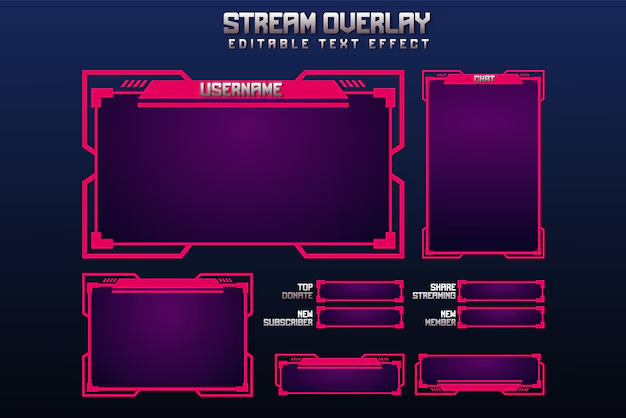How to Change the Size of Overlaypanel Prime Vue in Minutes

How to change size of overlaypanel prime vue that allows you to display content in an overlay format. It is useful for creating floating menus, tooltips, and popups that can be triggered by various actions such as button clicks. The component is highly customizable and can contain virtually any HTML or PrimeVue component inside it.
Why Change the Size of OverlayPanel?
In its default configuration, the OverlayPanel has preset dimensions. Depending on the content you want to display, the default size might be too small or too large. Changing the size allows you to tailor the component to better fit your content, ensuring a more user-friendly and visually appealing design.
For example, if you’re displaying a list of items or a detailed form, you may want a larger OverlayPanel to avoid cramped content. Conversely, for short tooltips or simple menus, a smaller size can make the user interface look cleaner.
Understanding the Default Size
Before customizing the OverlayPanel size, it’s important to understand its default behavior. By default, the OverlayPanel is auto-sized based on its content. However, this auto-sizing doesn’t always result in an ideal layout, especially if your content is dynamic or variable in length.
The OverlayPanel does not impose fixed width or height styles out of the box, so you have full control over defining these properties as needed.
Methods to Change the OverlayPanel Size
There are several approaches to change the size of the OverlayPanel in PrimeVue. Each method offers flexibility depending on how you want to integrate the sizing changes into your application.

Read Also: kgro-75466
Using Inline Styles
The simplest way to change the size of the OverlayPanel is by applying inline styles directly to the component. This method works well for small, localized adjustments without needing to touch your global stylesheets.
In the example above, we are explicitly setting the width and height of the OverlayPanel to 400px and 300px, respectively.
Adding CSS Classes
Another common way to control the size of the OverlayPanel is by adding custom CSS classes. This method is more maintainable in larger applications, as it allows you to reuse styles across different components.
Using a class is a cleaner approach for handling styles, especially if you want to apply the same sizing across multiple OverlayPanel instances.
Overriding with External CSS
You can also change the size of the OverlayPanel by using external CSS to override its default styles. This method is ideal when you want to centralize your style management across your application.
By targeting the .p-overlaypanel class, you can globally set the size for all OverlayPanel instances in your application.
Example of Changing OverlayPanel Size
Here’s a complete example that demonstrates changing the size of an OverlayPanel using both inline styles and CSS classes:
In this example, we use both inline styles and a custom CSS class to resize and style the OverlayPanel.

Handling Responsiveness
It’s essential to make sure that your OverlayPanel is responsive, especially if you’re building a mobile-first application. You can use media queries to adjust the size of the panel based on the viewport size.
This will make the OverlayPanel dynamically resize on smaller screens, improving the user experience on mobile devices.
Common Mistakes to Avoid
- Using fixed sizes everywhere – Avoid setting rigid widths and heights without considering different device screen sizes.
- Ignoring content overflow – If your content is dynamic, ensure the panel’s size can accommodate different content lengths.
- Overriding important styles carelessly – Be cautious with
!importantin CSS as it can cause issues with maintainability.
Best Practices for Customizing OverlayPanel
- Use CSS classes for better maintainability.
- Always account for responsiveness and test on different screen sizes.
- Leverage inline styles for quick, one-off adjustments.
Conclusion
Customizing the size of the how to change size of overlaypanel prime vue is straightforward, whether you choose to use inline styles, custom CSS classes, or global CSS overrides. The key is to ensure that the size works for your content while maintaining a responsive design. By following the methods outlined in this article, you can easily tailor the OverlayPanel to fit the needs of your application.
FAQs
Can I dynamically change the size of the OverlayPanel based on content? Yes, you can use JavaScript to dynamically adjust the size based on the content.
What is the best method for responsive design? Using CSS media queries is the most effective way to ensure your OverlayPanel is responsive.
Is it possible to use percentages for width and height? Yes, you can set width and height in percentages to make the panel more flexible.
How do I apply a global size change to all OverlayPanels? You can use external CSS to target the .p-overlaypanel class for a global size change.
Can I customize the appearance beyond size, like borders and colors? Absolutely! You can apply custom styles such as borders, shadows, and colors using CSS.



